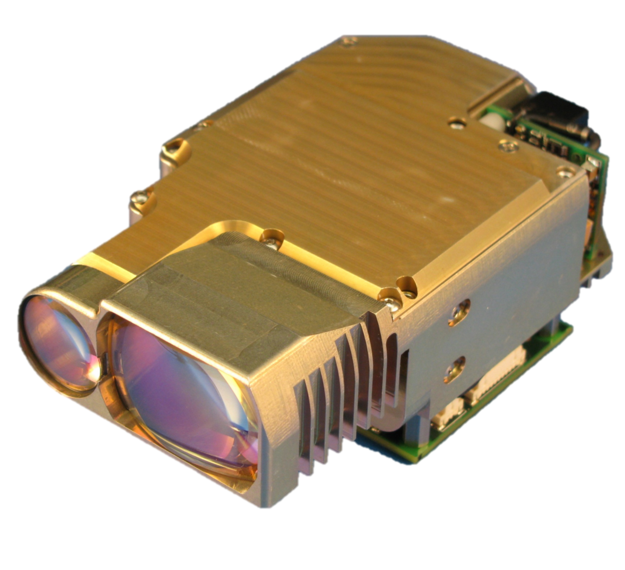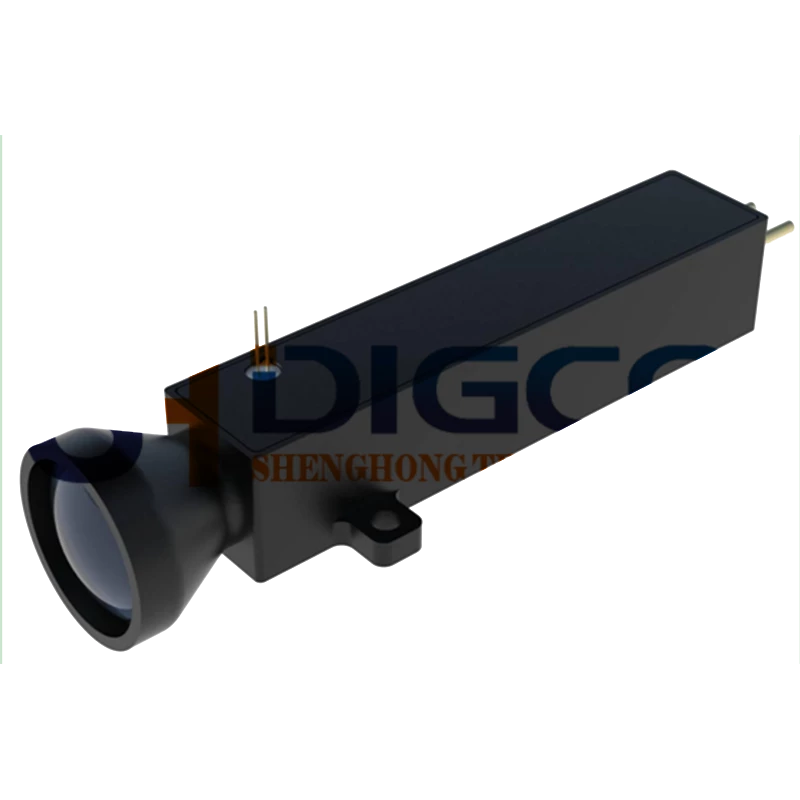Recommended Suggestions For Choosing A Safe Laser Treatment
Recommended Suggestions For Choosing A Safe Laser Treatment
Blog Article
What Is The Safe Laser Low-Level Therapy (Lllt) Aid With Dental Problems?
Reduced inflammation - LLLT can reduce inflammation by blocking the release of pro-inflammatory Cytokines. It also aids in the production of anti-inflammatory mediators. LLLT can be used to lessen gum inflammation which can be beneficial for dental issues such as gingivitis or periodontitis.
LLLT can boost the rate of regeneration of tissues. It boosts cell proliferation and metabolism. LLLT has been proven to enhance the healing of wounds and reduce post-operative pain during dental procedures, like periodontal or oral surgery.
Pain Relief - LLLT is a pain relief technique which can be utilized to ease post-operative pain and sensitiveness.
Infection LLLT is antimicrobial, and can aid in reducing the burden of bacteria within the oral cavity. It is also utilized as an adjuvant therapy for treatment of oral infection. This includes oral ulcers, peri-implantitis, and oral ulcers.
Treatment for Temporomandibular Joint (TMJ) Disorders-LLLT can help reduce muscle tension and inflammation in the temporomandibular joint (TMJ) which can provide relief from symptoms such as jaw pain, clicking or popping sounds, as well as limited jaw movement that is associated with TMJ disorders.
Oral Mucositis Reduction- LLLT has been proven to decrease the extent of oral mucositis. Oral mucositis is an adverse consequence that is often seen during chemotherapy and radiation treatment for cancer patients. It can help alleviate discomfort and speed up healing of oral mucosal lesions.
Growth of Healthy Tissues - LLLT stimulates the proliferation of gingival fibroblasts, and promotes the development of healthy tissues. This could be beneficial in treating gingival decay or for encouraging the attachment of gingival tissue to dental implants.
Overall, Safe Laser low-level laser therapy is an effective, non-invasive, and drug-free solution to managing various dental problems and promoting speedier healing, pain relief, and better dental health outcomes. It is important to speak with a dental expert for the an accurate diagnosis and treatment suggestions before using LLLT for dental problems. Follow the top rated safe laser bérlés for more advice including otthoni lézer kezelés, safe laser kezelés budapest, orr lézer készülék, mozgásszervi betegségek kezelése, orr lézer készülék, lágylézer készülék bérlés, lágylézer ár, laser lézer, lagy lezer, orvosi lézer készülékek and more.
How Does Low-Level Safe Laser Therapy (Lllt) Assist With Ear Problems?
Safe Laser low level laser therapy (LLLT) can help with a number of ear-related issues by using a variety ways. The reduction of inflammation - LLLT's anti-inflammatory properties can help reduce the inflammation in the ear can or middle ear. LLLT is a treatment option to treat ear conditions such as Otitis externa (inflammation in the ear's outer) or Otitis moderate (middle ear infections).
LLLT offers relief from discomfort in the ear.
LLLT helps to promote tissue regeneration and repair by accelerating healing. LLLT stimulates faster tissue repair and regeneration in cases of otitis media or eardrum punctures. This lowers the risk of complications and improves overall ear well-being.
Improved Blood Circulation- LLLT increases vasodilation and microcirculation and results in a greater blood flow to the ear tissue. Improved Blood Circulation can help provide oxygen and nutrients to inflamed or damaged tissues, promoting healing.
Management of TinnitusManagement of Tinnitus LLLT has been studied as a possible treatment option for tinnitus, an ailment that is characterized by buzzing or ringing in the ear. While it is unclear the mechanism by which LLLT is effective, it has been shown to increase blood flow, lessen inflammation and relieve the tinnitus.
LLLT decreases earwax and cerumen buildup, which makes it easier to get rid of. This also decreases the risk of blockage or infection in the ear. It can be particularly beneficial for people who have excessive earwax and those who suffer from earwax impaction.
Safe Laser low-level laser therapy is a non-drug, non-invasive way to manage issues with the ear. It can offer relief from pain, inflammation and earwax accumulation. It is important to consult a specialist in ENT to determine the cause and recommended treatment prior to using LLLT. Take a look at the top safe laser 1800 for site examples including gyógyító lézer, otthoni lézer kezelés, lágylézer kezelés, safe laser készülék, safe laser használata, lézer bérlés, lágy lézer vélemények, lágylézer ár, lágylézer készülék, lágylézer kezelés árak and more. 
How Long Does It Take For A Safe Laser Device To Have An Effect On Chronic Conditions?
The treatment plan recommended by a healthcare professional may affect the frequency and amount of LLLT sessions needed to attain optimal outcomes. Additionally, the treatment protocol recommended by a medical expert may impact the number and frequency of LLLT sessions needed to achieve the best results.For chronic ailments, like chronic pain syndromes, arthritis, or chronic inflammatory conditions, LLLT typically requires more time-consuming treatment in comparison to acute ailments. Chronic diseases may require several LLLT sessions over a long period of time in order to see significant improvement.
Depending on aspects, like the severity of the problem and how long it has been present, the number and frequency LLLT sessions will be different.
The amount of LLLT sessions needed can be influenced by the severity of the chronic disease. People with more severe symptoms and advanced stages might require more sessions in order to noticeably improve.
Individual Response to the Treatment- Some individuals will respond more quickly to LLLT. Health, genetics and healing capabilities are just a few factors that can affect how quickly a person gets benefits and how they respond to LLLT.
Treatment Protocol - The suggested treatment protocol by a healthcare provider can also have an impact on the frequency and number of LLLT sessions. Healthcare providers may customize the treatment program to meet specific demands. This may involve scheduling LLLT sessions several times over weeks or at certain intervals, for a prolonged duration.
Maintenance Therapy- In the case of chronic illnesses, ongoing maintenance therapy is often required to maintain the results that are derived from LLLT. This may involve periodic LLLT sessions to manage symptoms and avoid flare-ups of the condition.
While some individuals with chronic ailments may see noticeable improvement after a couple of LLLT sessions, others might require a longer-term treatment plan to get the best outcomes. For chronic conditions it is essential to follow the prescribed treatment and keep up with every scheduled LLLT treatments. In addition, regular communication with your healthcare provider is essential to track the progress of treatment and make any needed changes to the treatment plan.